Description
Schoeps CCM 8
DESCRIPTION
The Schoeps CCM 8 capsule type is a true dipole (bidirectional) transducer, operating with a single diaphragm. Its main axis is at a right angle to the capsule and is marked at 0° and 180° with a red and a black dot respectively.
The inherent qualities of a pure pressure-gradient transducer are readily observed in this capsule type:
- Its sensitivity decreases at low frequencies.
- The directional characteristic is extraordinarily independent of frequency.
- The proximity effect is present.
The directivity index of a figure-8 pattern is the same as that of a cardioid; if microphones with these two patterns are placed at the same distance from a sound source, a quantitatively similar balance of direct and reverberant sound would be picked up. In practice, such a comparison would be deceptive, however, since a figure-8 does not respond to sound coming from the sides, from above, or from beneath its main axis as does a cardioid. The figure-8 has a rear lobe equal insensitivity to its front lobe, and this exactly makes up the quantitative difference – but in normally reverberant settings, the sound reaching a figure-8’s rear lobe will be delayed and dispersed to a considerably greater extent than the reverberant sound energy which a cardioid picks up from its front and sides; the reflected sound will typically be subject to far more high-frequency absorption as well. Thus the reverberant sound energy picked up by a figure-8, though theoretically equal in amount, is quite different in character from that which would be picked up by a cardioid in the same position.
The sound quality of the CCM/MK 8 is clear and neutral.
FEATURES
- pure pressure-gradient transducer
- figure-8 pattern with near-ideal consistency across the frequency range
- side-addressed (pickup perpendicular to the microphone body)
- optimal for use in MS, Double MS, and Blumlein stereo recording
PRACTICE
When an MK 8 is used as a spot microphone, care must be taken to avoid picking up early reflections or unwanted direct sound from its rear, since sound arriving from the back is picked up at full level but reversed in polarity. This could result in partial cancellation of the intended sound, which can lead to comb-filter effects at higher frequencies.
When MS stereo recordings are made, the 0° axis normally faces to the left as viewed from behind the microphone setup. The “8“ engraved on the top of the housing should be aligned on its side so as to appear horizontal, at a precise right angle to the Mid capsule. The microphone should be placed directly above or beneath the “M“ channel microphone, and as close to it as possible.
VARIANTS & OPTIONS
- No. 191701 “Matching of microphone capsules including certificate”: Although our normal production tolerances are very close, we can deliver specially matched compact microphone pairs.
- Each CCM microphone is available as a standard version “L” with a Lemo plug and as a version “U” with a permanently attached 5 m cable and XLR-3M connector.
TECHNICAL SPECIFICATIONS
| Frequency range | 40 Hz – 15 kHz |
| Sensitivity | -38,5 dB (V/Pa) |
| Maximum sound pressure level (THD < 0.5 %) | 136 dB-SPL (P48) 128 dB-SPL (P12) |
| Maximum output voltage | 2,6 V (8,3 dbV) with 2 kΩ load |
| Low cut filter | 20 Hz, 12 dB/Okt |
| Output impedance | 90 Ω @ 1 kHz |
| Maximum cable length | > 400 m |
| SCHOEPS RFI Shield | No |
| Powering standard / Valid range | P48 / >40 V P12 / >10 V |
| Current consumption | 4 mA (P48) 3,6 mA (P12) |
| Common mode rejection ratio (at 1 kHz) | > 55 dB |
| Minimum recommended load impedance | 2 kΩ |
| Output | Lemo (CCM-L) or XLR-3M (CCM-U), analog, 1 channel |
| Length | 58 mm |
| Diameter | 20 mm |
| Weight | 43 g |
| Surface finish | matte gray (g) or custom color |

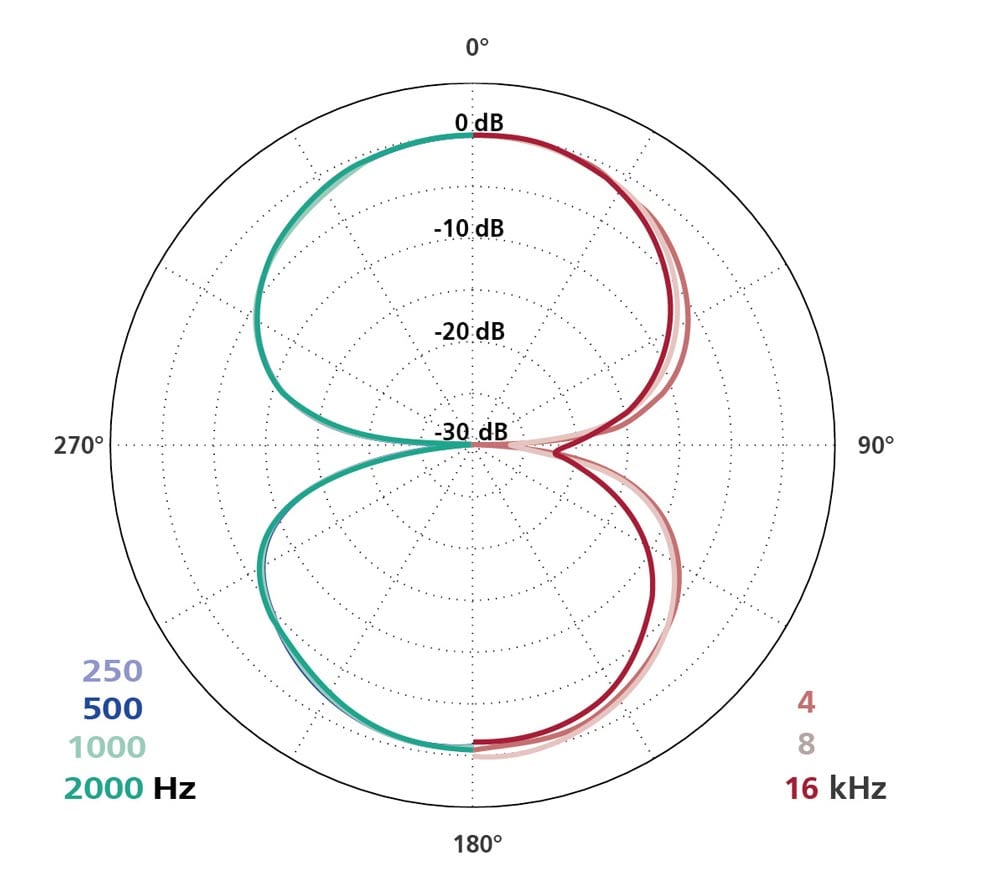





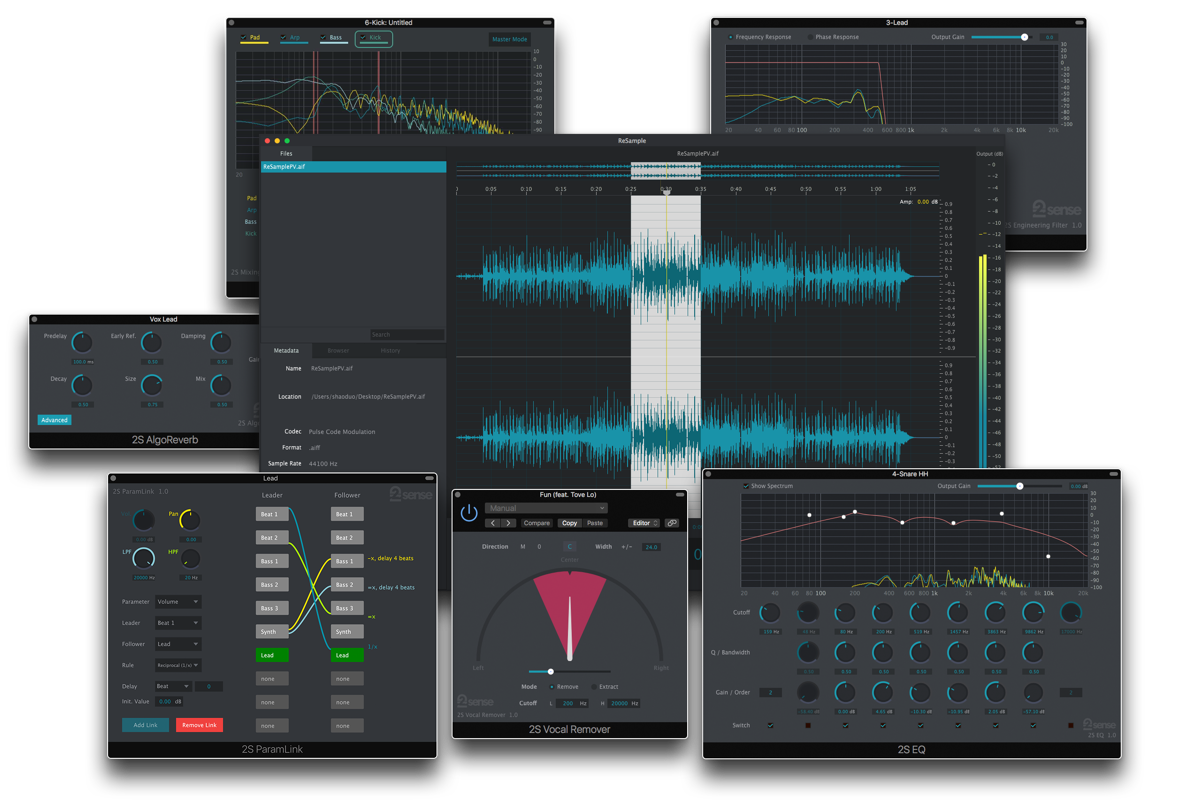
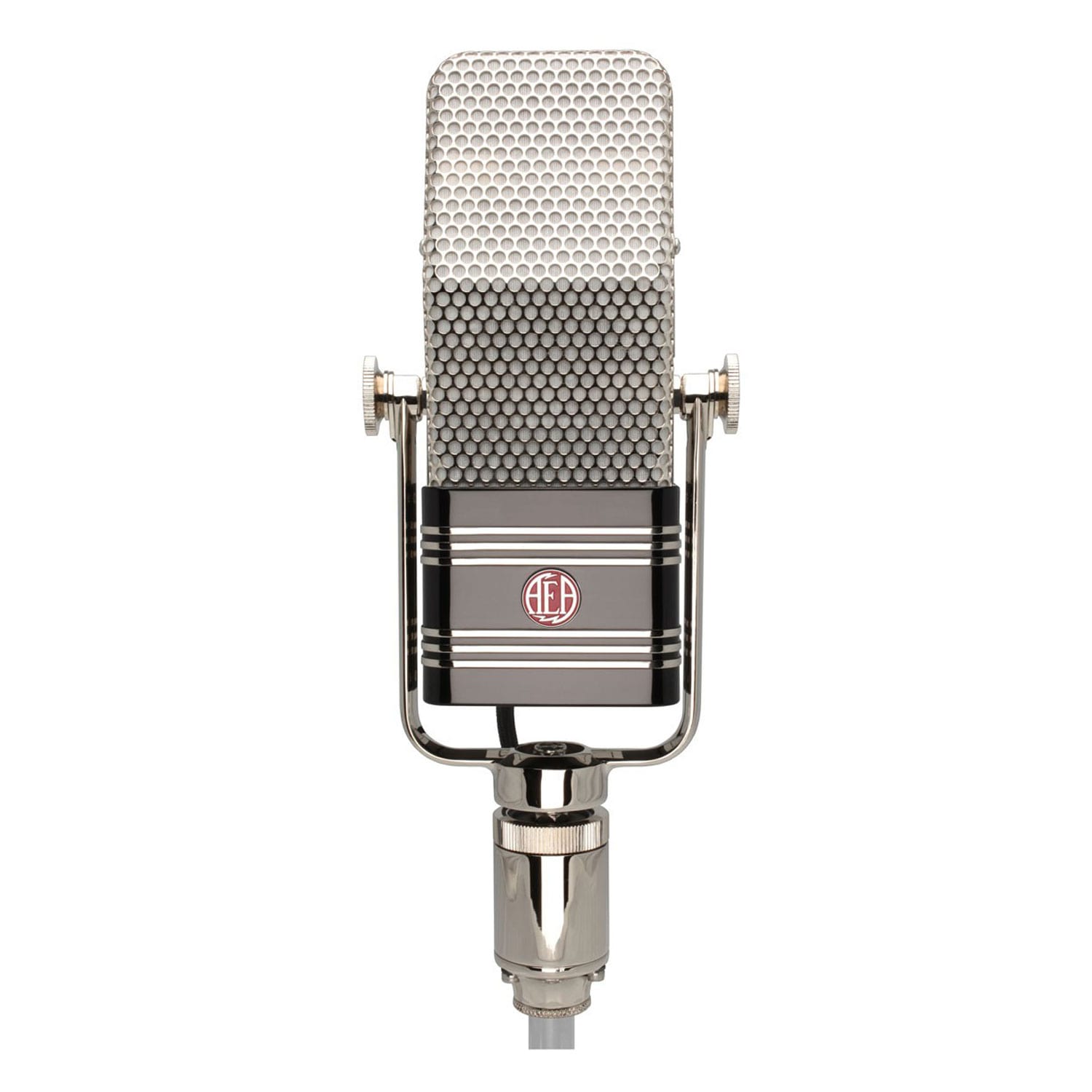

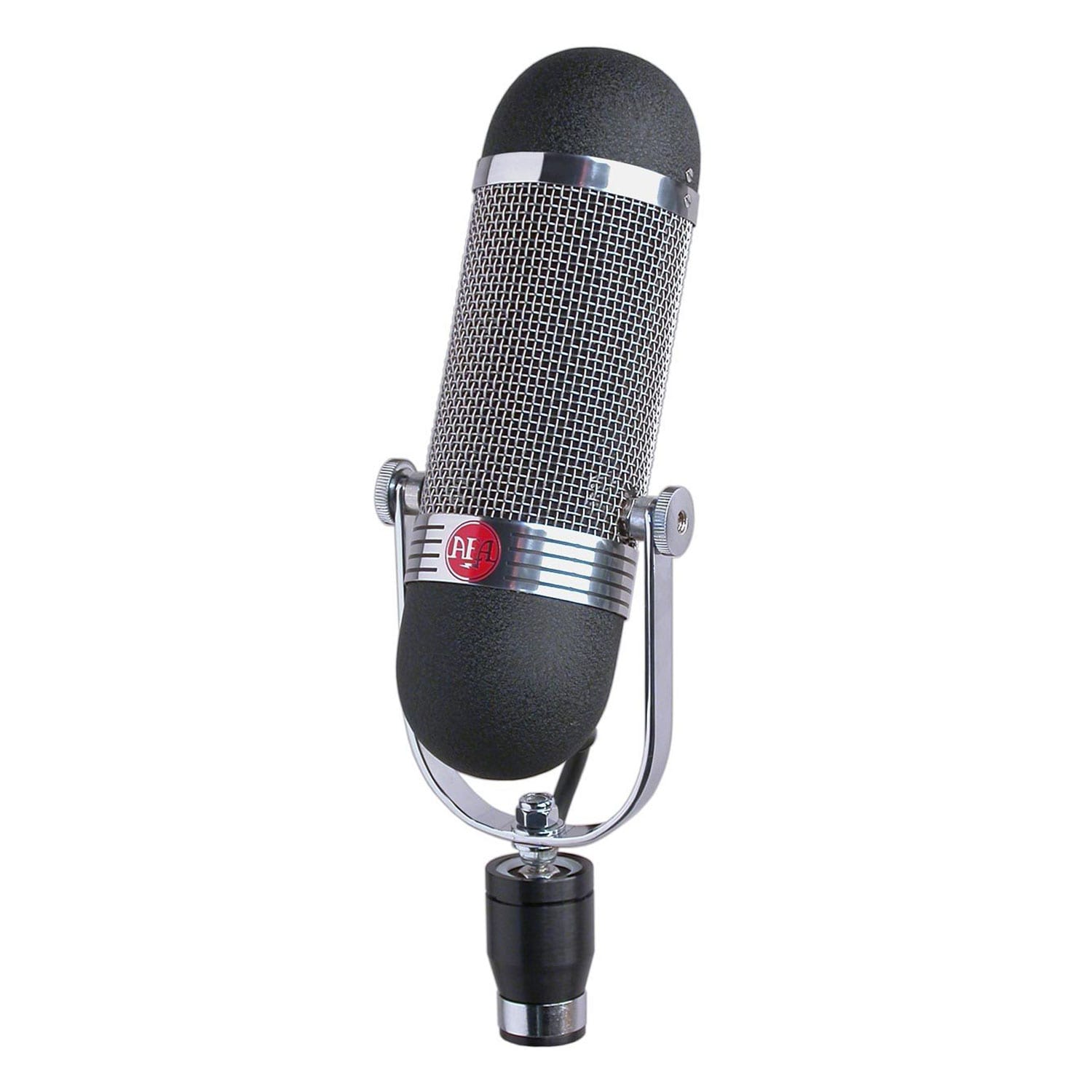

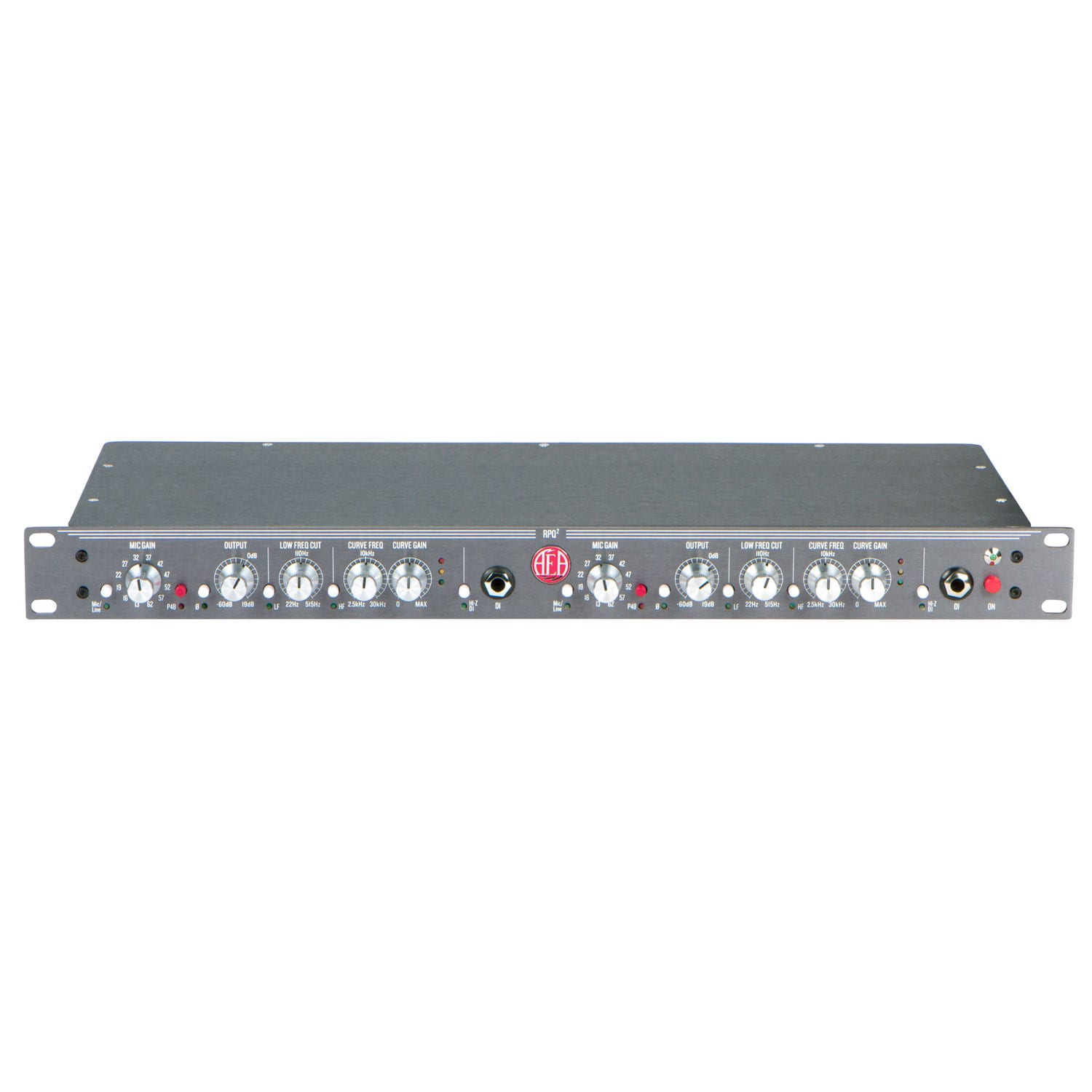

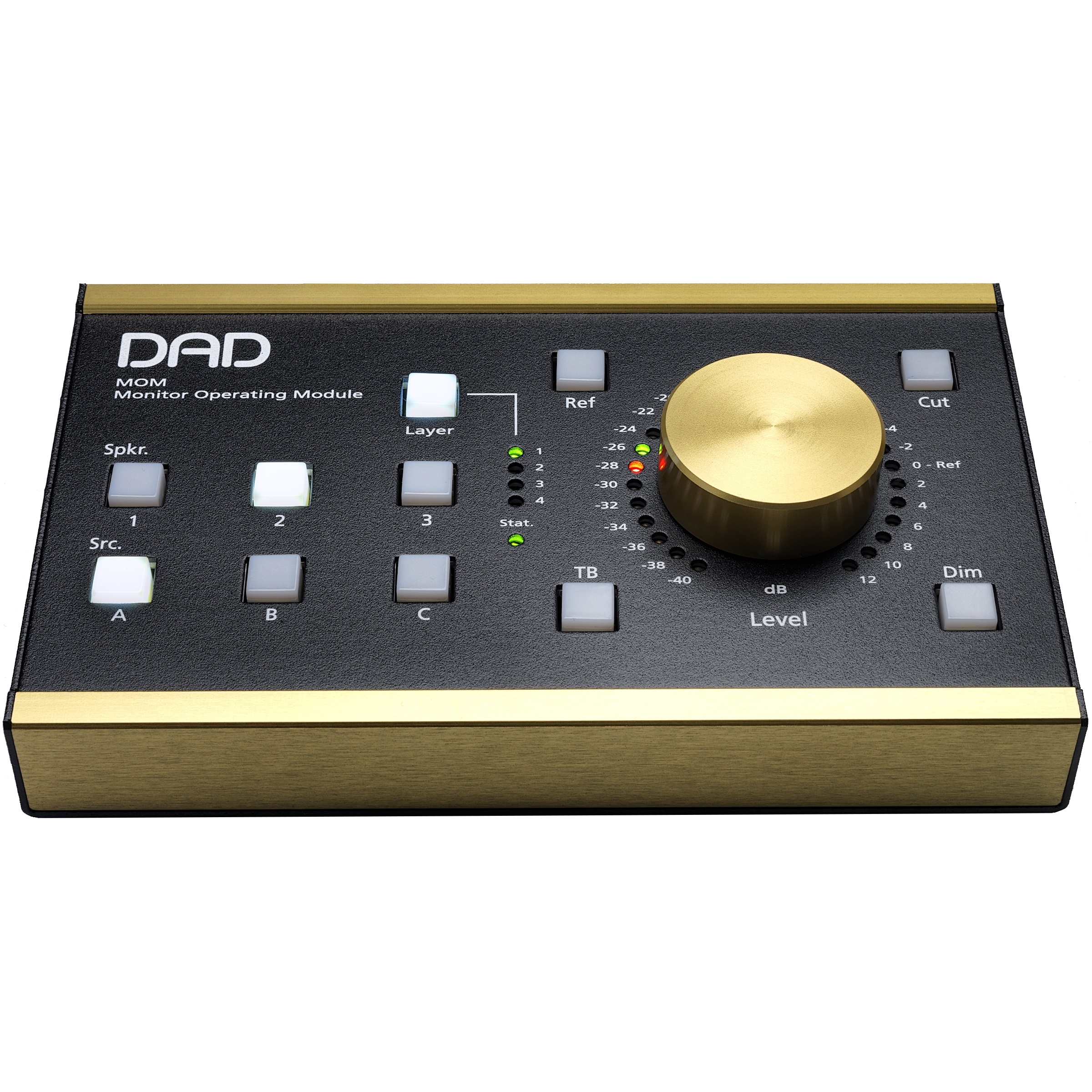
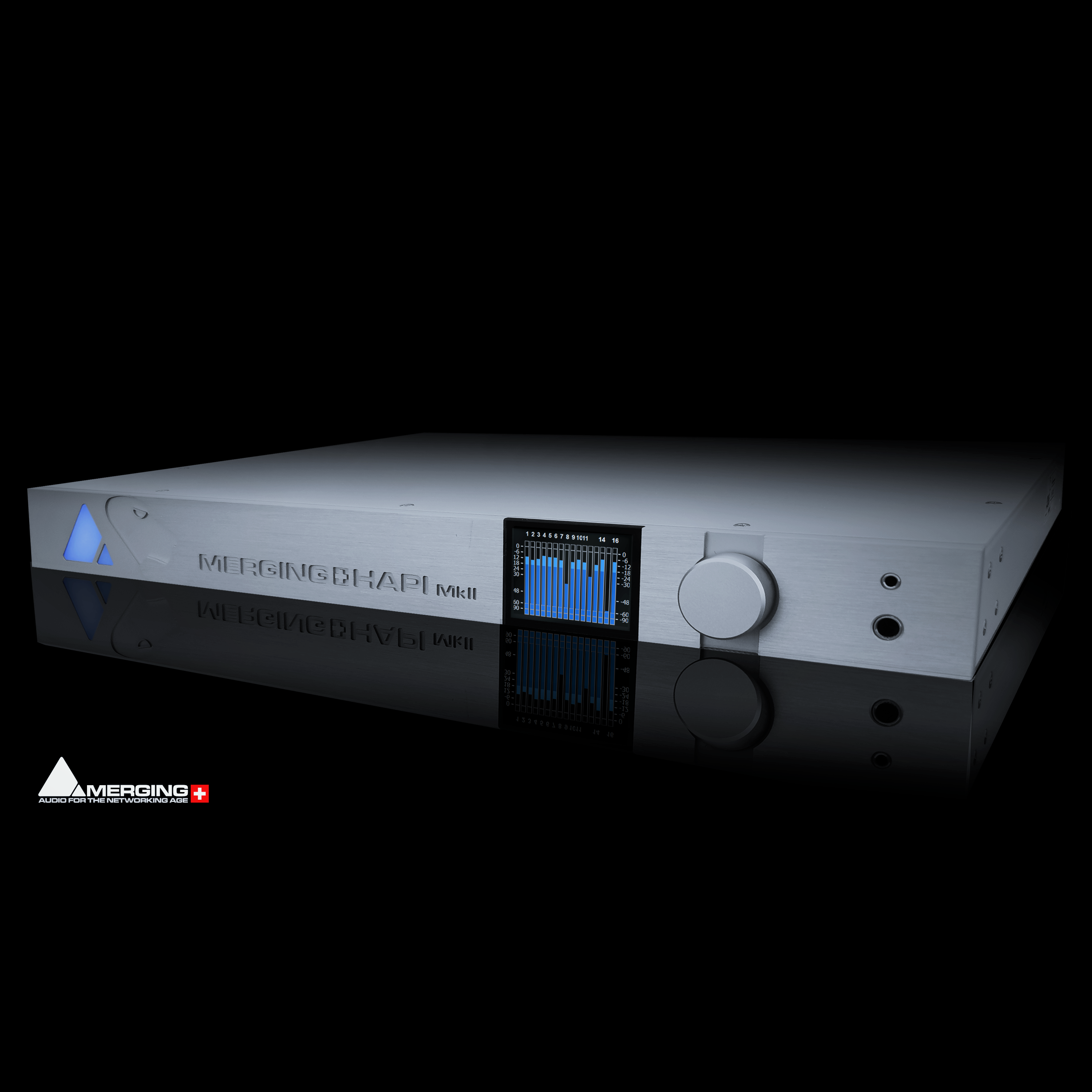

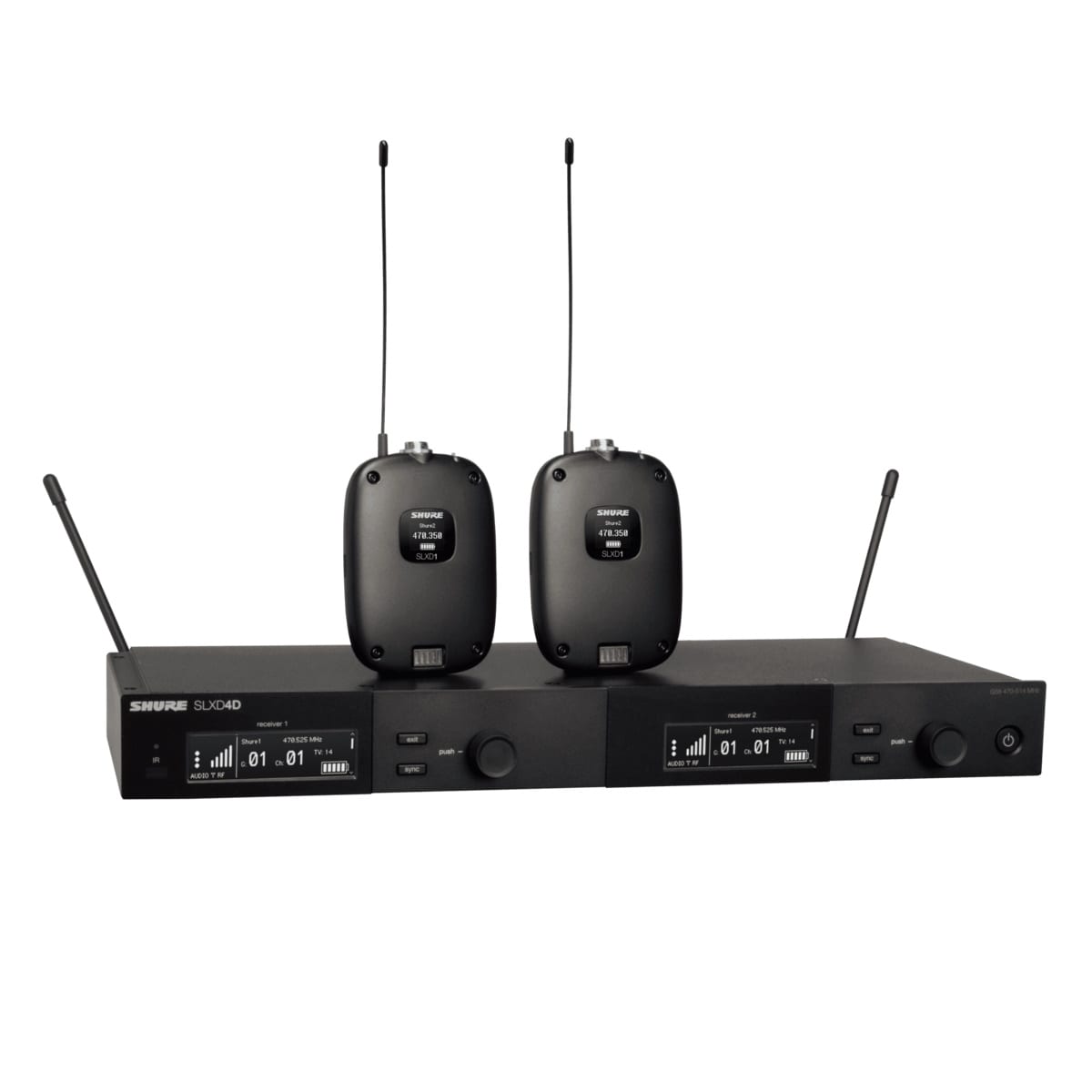
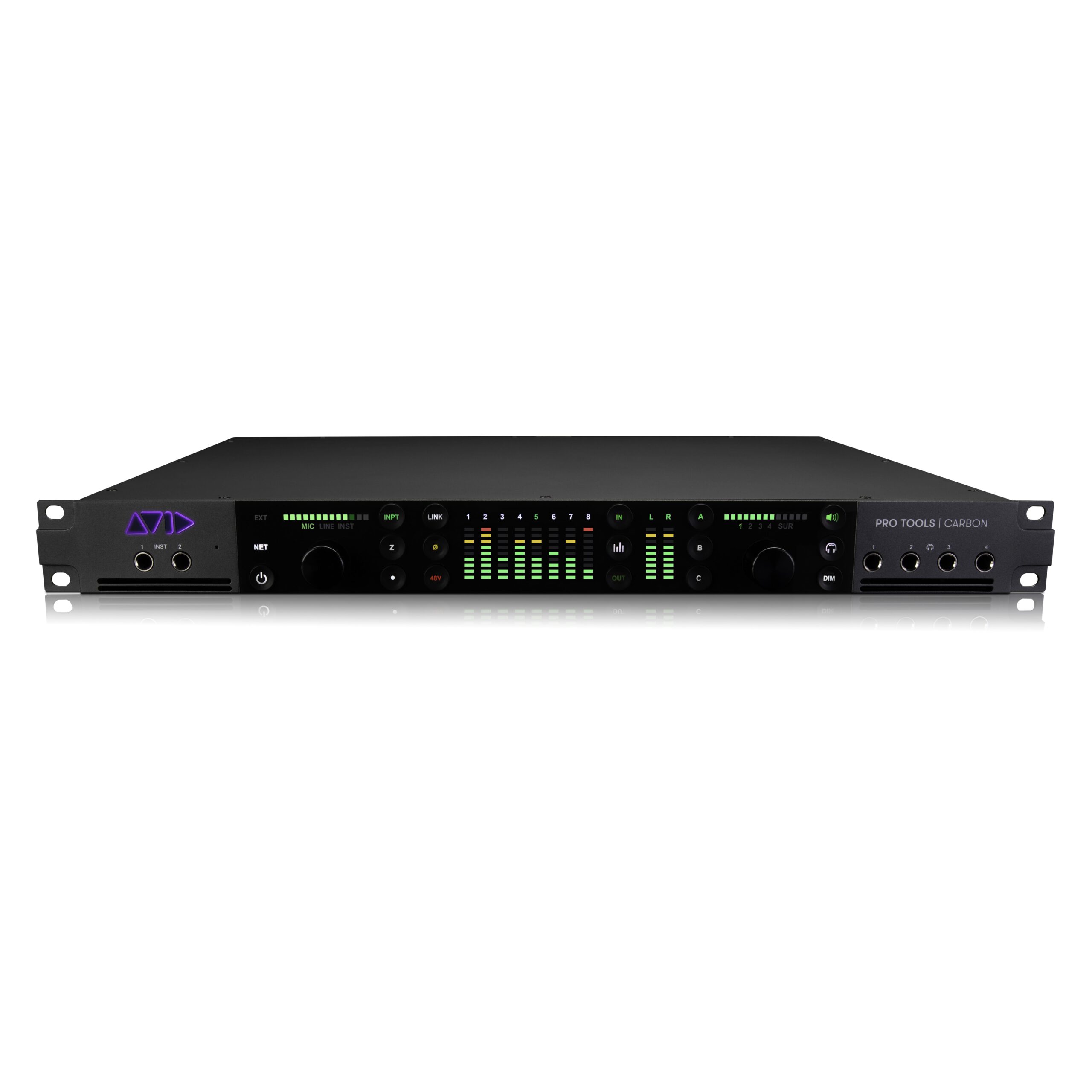
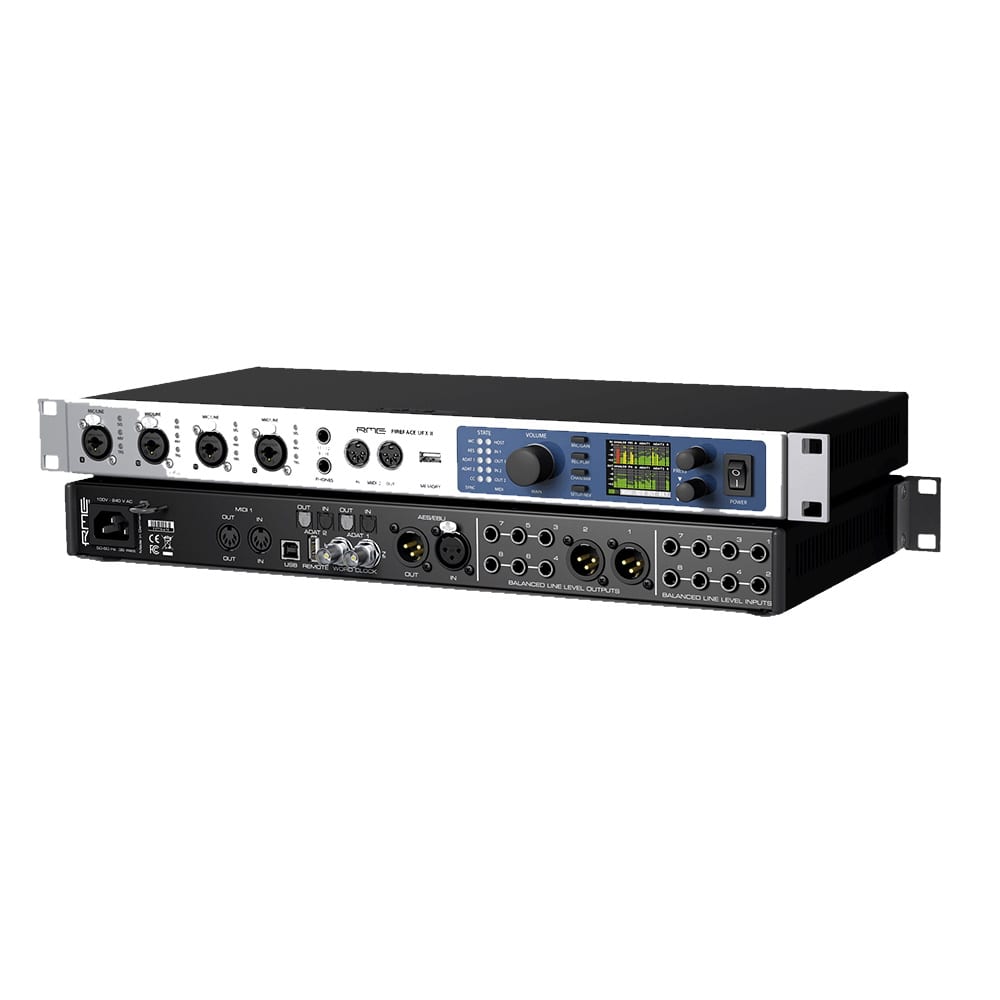
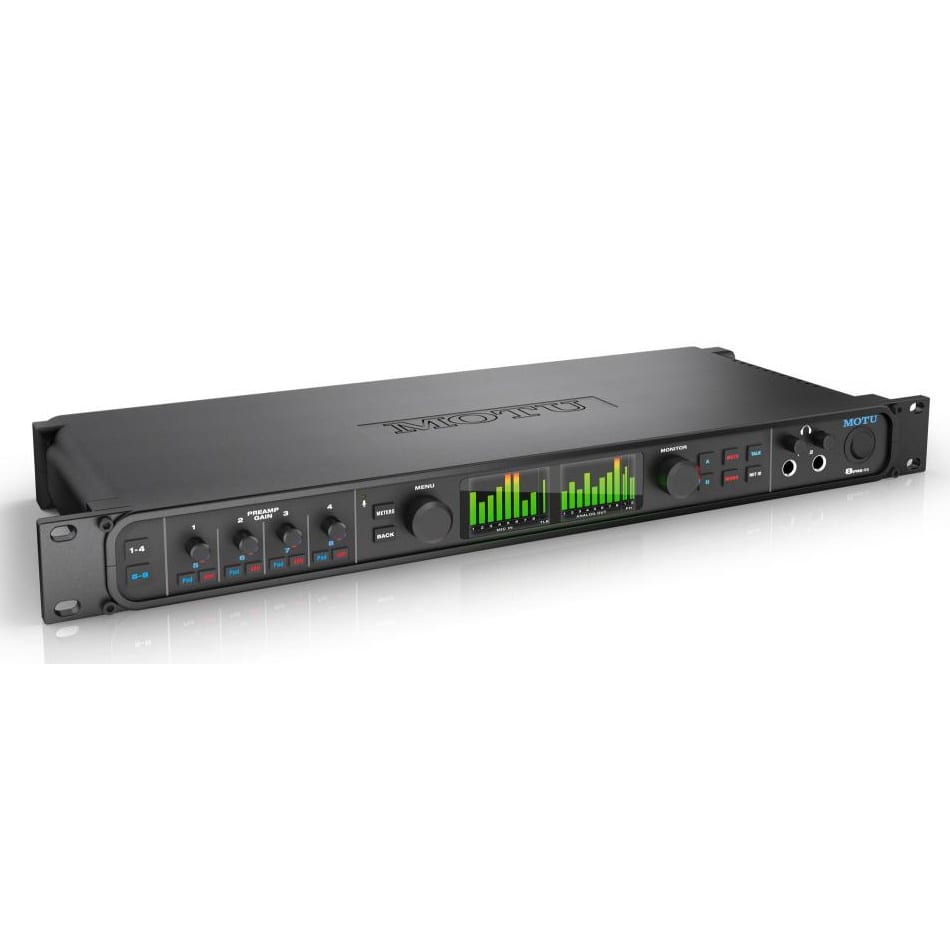
Reviews
There are no reviews yet.